Reset vCenter SSO Administrator Password vSphere 6.5
Reset SSO Administrator Password
To begin, SSH to the vCenter Server Appliance and log in with the root account.
Next, enable BASH shell access and launch BASH.
shell.set –enabled true
shell
With BASH launched, we will run the vdcadmintool to reset the SSO account password.
/usr/lib/vmware-vmdir/bin/vdcadmintool
Select option 3 to Reset account password.
Enter the Account UPN. After hitting enter, a new password is automatically generated.
NOTE – The account format is SSOusername@vsphereDomain.local. Typically, the account is administrator@vsphere.local.
Navigate back to the vSphere Web Client and log in with the newly generated password.
Change SSO Administrator Password
To change the SSO admin password, select Administration from the Navigator menu.
Next, locate the Administrator user from the Single Sign-on Users and Groups. Click the pencil to edit the account properties.
Enter the Current Password and a new password. Confirm the password. Select OK to submit the changes.
The SSO admin password has now been reset and changed. It is also possible to change the password expiration from the default 90 days.
Change SSO Administrator Password Expiration
To set the password lifetime, navigate to the Single Sign-On Configuration under Policies. Select Edit on the Password Policy.
The maximum number of days allowed is 9999. To set the password to never expire, enter 0 in the Maximum Lifetime days. Press Ok to continue.
That’s it!

VMware KB – How to unlock and reset SSO password in vSphere 6.x
Related Posts

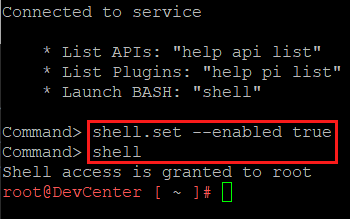
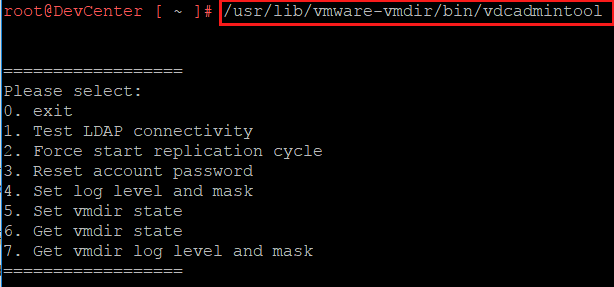
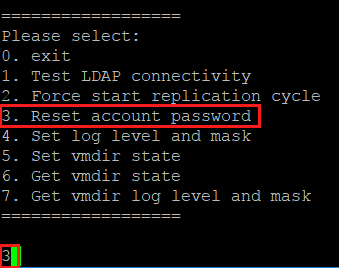

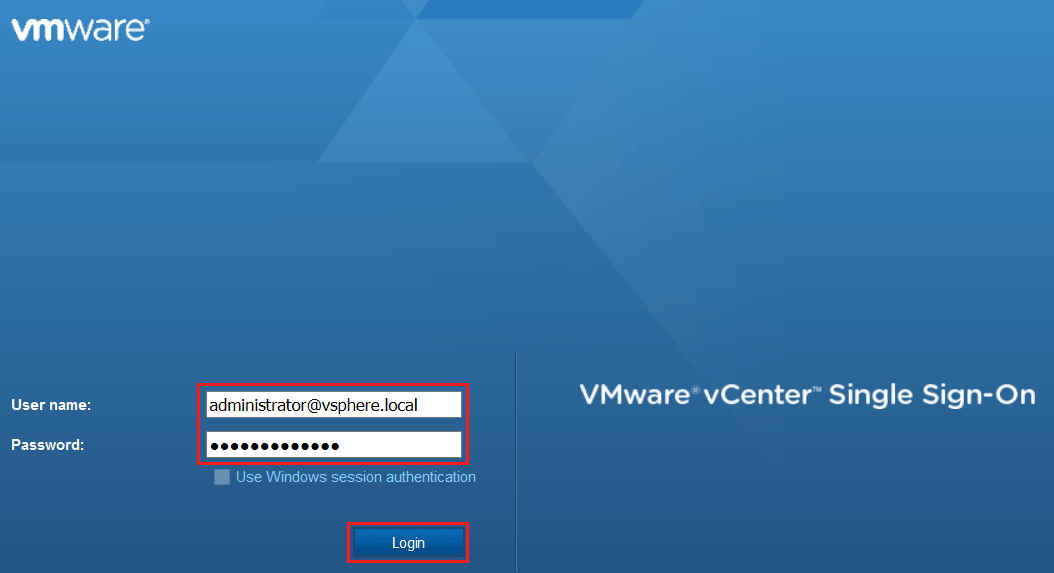
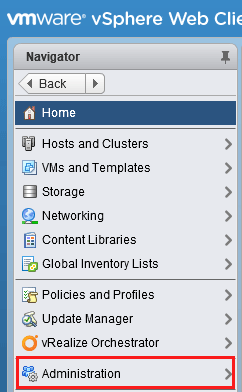
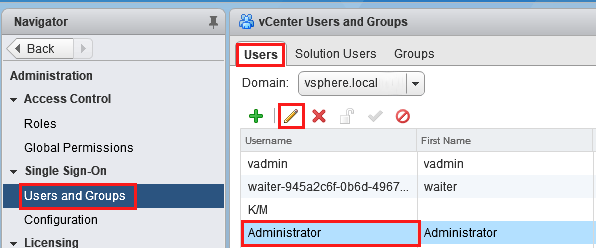
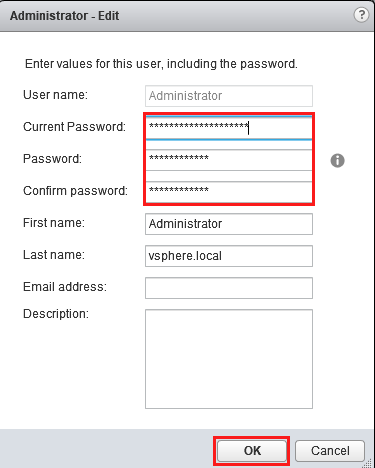

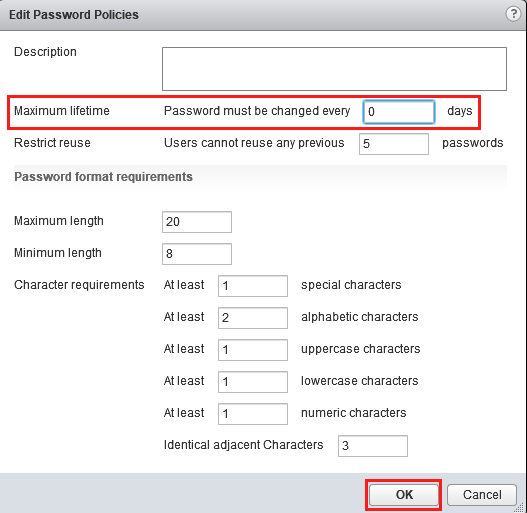
One thought on “Reset vCenter SSO Administrator Password vSphere 6.5”
Thanks for the help.
In step two, your mention the following:
shell.set –enabled true
But you actually type:
shell.set –enabled true
Just letting you know. Thanks again!
Comments are closed.